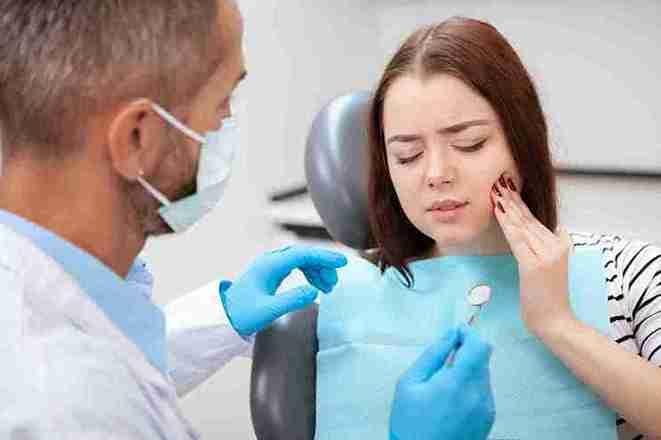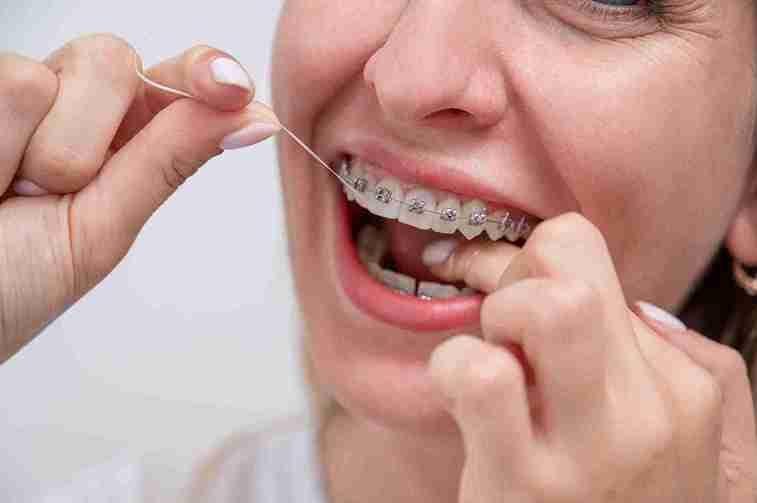Dental pain can occur unexpectedly, affecting your ability to work, rest, and socialise. Whether it’s a sharp toothache, a cracked tooth, or an orthodontic issue, timely treatment is essential to avoid complications and rising costs. Knowing when to contact an emergency dentist in Sutton or see an orthodontist Sutton can make all the difference. In this blog, we explain what qualifies as a dental emergency, how to manage pain at home, what happens during an emergency dental visit, and why fast action is crucial. Our aim is to guide UK readers to the right care when urgency strikes.
Understanding Dental Emergencies
Dental emergencies often involve severe pain, swelling, or visible damage to teeth or gums. These are not problems to "wait out," and early treatment can prevent long-term complications.
Common Causes of Dental Pain
- Toothache – Often caused by deep decay, infection, or an abscess
- Broken or chipped teeth – Resulting from trauma, falls, or biting hard objects
- Knocked-out tooth – Usually due to physical impact or sports injury
- Lost filling or crown – Caused by ageing restorations or pressure from chewing
- Abscess – A bacterial infection at the root of a tooth or along the gum line
- Orthodontic appliance breakage – Occurs when braces or wires become loose or damaged
Why Acting Quickly Matters
Delaying care can turn a minor issue into a severe one. Consider the progression below:
Dental Problem Escalation Table
| Time Elapsed | Condition | Risk |
| 0-24 hours | Swelling, sensitivity | Infection, discomfort |
| 1-3 days | Severe toothache or broken crown | Tooth or gum infection |
| 1 week+ | Untreated abscess or cracked tooth | Bone loss, facial swelling, sepsis |
What to Expect from Emergency Dental Services
When sudden dental pain or injury occurs, visiting an emergency dentist in Sutton is the most effective way to regain comfort and prevent further complications. Emergency dental care is designed to address urgent needs quickly and efficiently, offering immediate relief followed by a structured treatment plan.
Initial Assessment and Immediate Pain Relief
The first step in any emergency dental visit is a thorough assessment of the problem. The dentist will:
- Visually inspect the affected area
- Ask about the onset and severity of symptoms
- Identify any visible signs of trauma, swelling, or infection
To relieve discomfort and control the situation, the following may be applied:
- Local anaesthesia to numb the area and ease pain
- Temporary fillings or sealants to protect exposed nerves
- Antibiotics if infection is present or suspected
- Draining of abscesses to reduce pressure and swelling
Diagnostic Imaging and Root Cause Identification
After managing the immediate symptoms, your dentist will perform diagnostic procedures to better understand the underlying issue. This typically includes:
- Digital X-rays to detect hidden decay, cracks, or abscesses
- 3D imaging or panoramic scans in complex cases such as jaw injuries or wisdom tooth complications
Imaging helps create a full picture of the problem, ensuring that no aspect of the emergency is overlooked.
Personalised Treatment Planning
Once the cause of the emergency is confirmed, the dentist will develop a treatment plan tailored to your needs. Depending on the severity and type of problem, this plan may include:
| Issue Identified | Recommended Treatment |
| Deep decay or infected tooth | Root canal therapy, followed by a crown |
| Severely broken tooth | Extraction or composite bonding |
| Dislodged crown or filling | Replacement with new restoration |
| Abscess or infection | Root canal or surgical drainage |
In more advanced or complex cases, you may be referred to a specialist such as a prosthodontist, oral surgeon, or orthodontist Sutton, particularly if braces or jaw alignment are involved.
Clear Aftercare Instructions
Once emergency treatment is complete, proper recovery and prevention of recurrence are vital. The dentist will provide:
- Written aftercare guidance, including oral hygiene instructions
- Medication recommendations for pain relief and infection control
- Dietary advice, such as avoiding hot, spicy, or hard foods
- Scheduling of follow-up visits to monitor healing and complete restorative work
Patients are also encouraged to return for a routine check-up once the emergency is resolved, especially if they’ve not seen a dentist recently.
Dealing with Orthodontic Emergencies
Orthodontic emergencies may not always cause intense pain, but they can lead to discomfort, delays in treatment, and even injury to the soft tissues inside your mouth. When braces, wires, or aligners become damaged or displaced, it’s important to address the issue promptly to avoid prolonging your orthodontic journey.
Common Orthodontic Emergencies
Some of the most frequent problems patients experience include:
- Broken brackets that detach from teeth
- Protruding or loose wires that irritate the cheeks or gums
- Lost or damaged aligners and retainers
- Trauma or injury that affects the braces or jaw alignment
If you experience any of these issues, contact your orthodontist Sutton as soon as possible. Early intervention can prevent further damage and keep your treatment on track.
Temporary Relief at Home
While waiting for professional care, you can take these simple steps to ease discomfort and protect your mouth:
- Wire poking cheek: Carefully push the wire back with a clean pencil eraser and cover it with orthodontic wax.
- Broken bracket: Apply orthodontic wax to cover sharp edges and avoid sticky or hard foods.
- Lost aligner: If you have your previous aligner, wear it until your orthodontist provides a replacement.
Managing Pain at Home (Before Your Appointment)
Pain management at home is crucial when immediate access to a dentist isn’t possible.
Quick Home Relief Guide
- Rinse with warm salt water
- Use cold compresses for swelling
- Take paracetamol or ibuprofen (avoid aspirin if bleeding)
- Apply clove oil to painful gums or teeth
- Keep the mouth clean and avoid chewing on the affected side
Emergency Kit for Dental Crises
Having a basic kit at home can help you manage emergencies effectively:
Dental First Aid Kit Checklist
- Gauze pads
- Painkillers (paracetamol/ibuprofen)
- Clove oil
- Orthodontic wax
- Cotton swabs
- Salt packets
- Small container (for dislodged tooth)
- Dentist’s contact information
This kit is especially useful if you're travelling or awaiting an appointment.
Conclusion
Dental pain and emergencies can be overwhelming, but knowing what to do and where to turn makes all the difference. Whether you're facing a sudden toothache, broken tooth, or issues with braces, quick access to a reliable emergency dentist in Sutton or an experienced orthodontist Sutton ensures your comfort and long-term oral health.Taking early action can save teeth, reduce costs, and protect your well-being. Don’t hesitate to seek care when pain strikes your smile deserves immediate attention.



